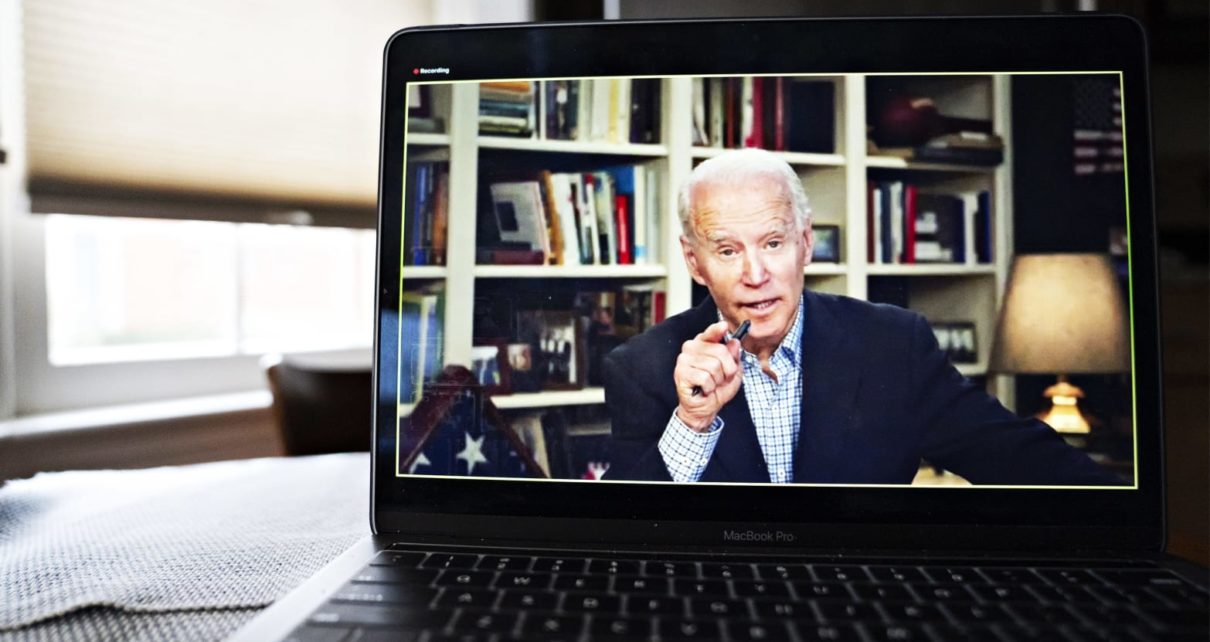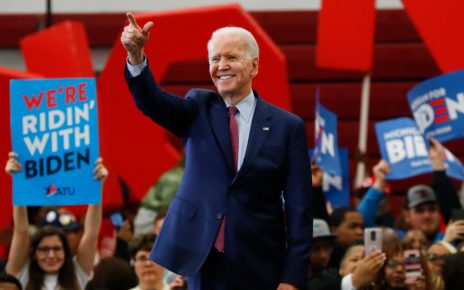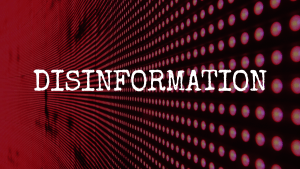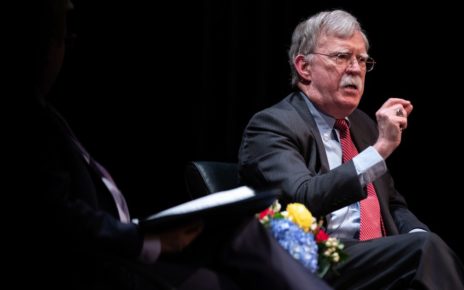But of course, this year isn’t normal. And at least two of the requests outlined in the otherwise ordinary blast would violate the former vice president’s own stay-at-home guidance.
The newly antique missive illustrates the latest challenges that the isolating nature of coronavirus can present for both volunteers and the voters that Biden, the presumptive Democratic nominee, needs to reach. The campaign acknowledged that difficulty, but said they are adapting accordingly.
“In an organizing context, the most important thing you can do in the space is having strong senses of community among volunteers,” Rob Flaherty, Biden’s digital director, said. “People are able to take a lot more action at home.”
A senior Biden official told The Daily Beast the campaign has seen “explosive growth” in their online communities the past two weeks as people have been self-quarantined at home, with more sign-ups than they have seen in previous months. (The official declined to provide specific numbers).
In particular, the campaign says it has seen increased engagement in its proprietary peer-to-peer texting tool , which allows for conversations between potential volunteers and organizers , and its “Team Joe” app, which offers a similar feature intended to build relationships digitally.
Biden organizers are also hosting a series of trainings intended to reach those interested in learning how to “volunteer virtually for Joe.” There are currently 150 training time slots between March 31 and Nov. 4, Election Day. The senior Biden official also said organizers are now throwing virtual book clubs and digital brunches, and calling their supporters for wellness checks in an effort to keep them emotionally plugged-in to the election. There’s also a campaign-run Slack channel to stay connected to fellow Democrats who have expressed interest in volunteering.
Thomas Jenson, a sophomore at the University of Connecticut, has been in the Slack channel. Having signed up to volunteer with Biden’s team the day before the primaries in Illinois, Florida, and Arizona, which Biden won handily, Jenson said he was off texting potential supporters after an hour-long Zoom training with the campaign.
“Essentially what I’ve been a part of is Joe Biden’s text team,” Jenson, 19, told The Daily Beast. “Our biggest concern is trying to figure out how we can help people to vote safely. The focus now is Wisconsin,” he said.
Just two weeks into texting, Jenson said the process has been fairly easy to adjust to. Having never door-knocked in person, virtually connecting to people through a tool called Pencil, which includes a database of names and phone numbers, seemed natural.
“I personally am not getting anyone’s numbers,” he said, discussing the process of using the campaign’s texting tool. “It sends out a stock message at first, but everything past that is Biden campaign staffers and volunteers replying. In many cases, they do let us use our own judgement,” he said.
The campaign’s call for volunteers comes as Biden’s enthusiasm has stagnated during an increasingly fraught time nationally. A new ABC News/Washington Post poll released Sunday found that just 24 percent of Democrats expressed strong enthusiasm for the former vice president, representing the lowest number on record for a Democratic presidential candidate in the 20 years that the poll has been conducted. Meanwhile, a new Morning Consult poll released Monday found that Biden is currently leading Trump by just 4 points, with 46 percent compared to 42 percent, just over half of the 7-point lead he had over the president during the week of Super Tuesday.
“Obviously the public health crisis has added new dimensions to this race,” said Kyle Kondik, a longtime elections analyst. “The challenge is that if Biden is not generating great enthusiasm, is he going to get people to come out in the fall when voting might be a more hazardous activity?”
During much of the Democratic primary, Biden failed to attract the types of crowds, a traditional marker of enthusiasm level, as some of his top opponents, including his chief progressive rival Sen. Bernie Sanders (I-VT). Sanders, who has indicated a desire to remain in the race for the near future, has had a large and loyal volunteer army for several years. But as the contest winnowed to just the two Democrats, the former vice president was able to amass a sizable delegate lead over the Vermont senator, securing his status as the presumptive nominee and throwing the idea enthusiasm in a primary into question.
“If the Democrats were selecting a nominee based on who can best fill an auditorium, certainly Sanders would be it,” Kondik said. “Elections are about more than that.”
Now, as Biden begins to devise a strategy in hopes of facing President Donald Trump in the general election, he would hypothetically be up against an incumbent whose campaign is both well-organized digitally and not lacking in enthusiasm. Being remote full-time can present an additional hurdle for any candidate.
“There’s nothing quite like the experience of being together in person,” said Teddy Goff, who served as digital director for former President Barack Obama’s 2012 re-election campaign. “It’s not the same to be on a Zoom call.”
But as Biden continues to tweak his overall strategy to fit the current digital reality, including adding more televised appearances and written communications , he’s already integrated other virtual organizing improvements too. (The senior campaign official said expanding its digital organization strategy was always part of their planned transition into general election mode).
“The tools are there and every campaign should be reasonably equipped to be using their phones instead of going door-to-door,” Goff said. “It will be incumbent on any campaign to find a sense of solidarity in this kind of crisis.”
As recently as Sunday, Biden’s campaign updated its existing online offerings for voters to engage and recruit new supporters, including linking to a digital voter guide with a state-by-state rundown with new information about current primaries that have been affected by the virus. The first section lists Wisconsin, which is currently scheduled to vote on April 7, with information about requesting voting my mail ballots, among other precautions.
The campaign has also posted social media guidance, including a seven bullet point list about what messaging to emphasize on Facebook and Twitter, as well as sample text to copy to paste. “The best way to show your support for Joe Biden is getting out there and volunteering for him, or casting your ballot,” the last bullet point reads.
Jenson said in just two weeks during the pandemic, he’s been surprised at how many people have expressed a genuine interest in talking at length over text, especially about their basic needs.
“There are people who will go into full conversations,” he said. “Very often there are people who will just reply with questions like how do I apply for unemployment in all of this, trying to see if there is anything within our campaign that we have that we can help them. People are looking for hope.”
Source: Joe Biden’s ‘Text Team:’ Inside the Presumptive Nominee’s Shift to Digital





